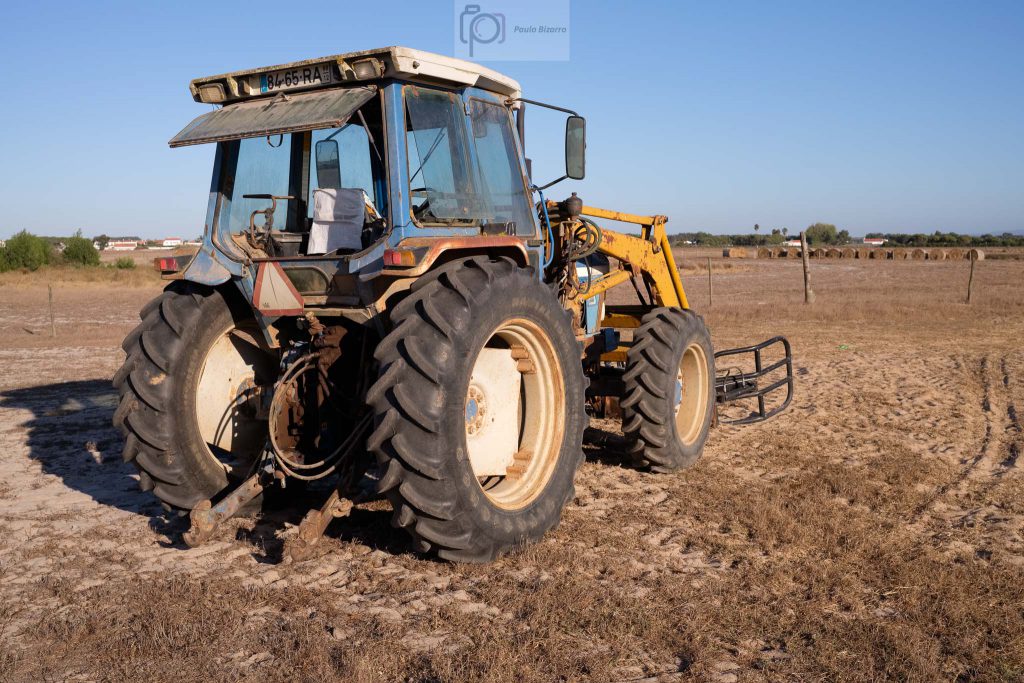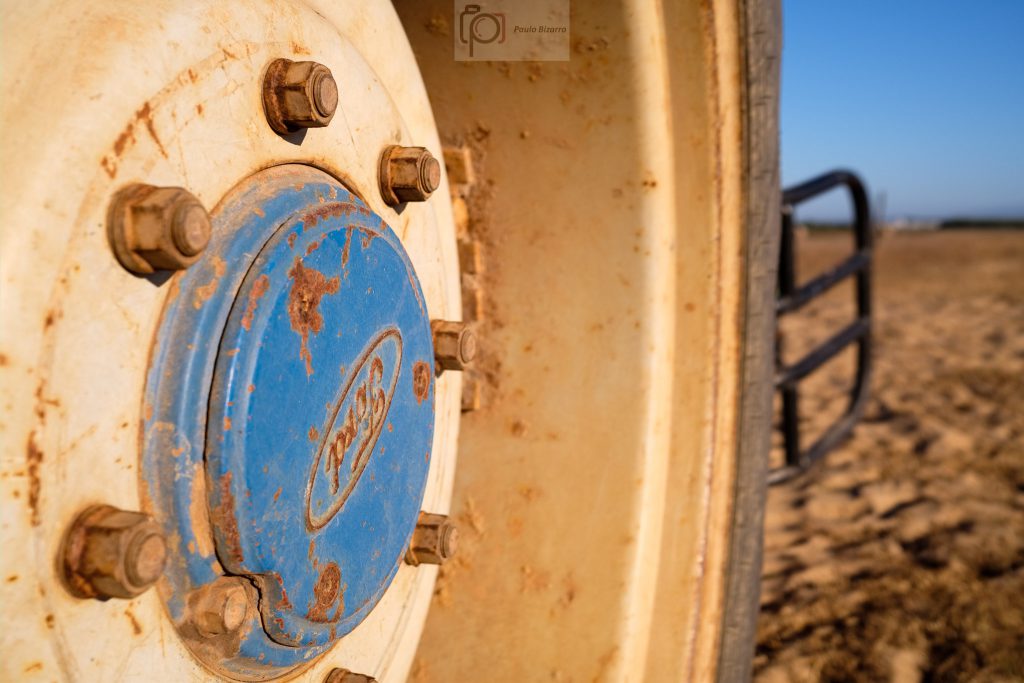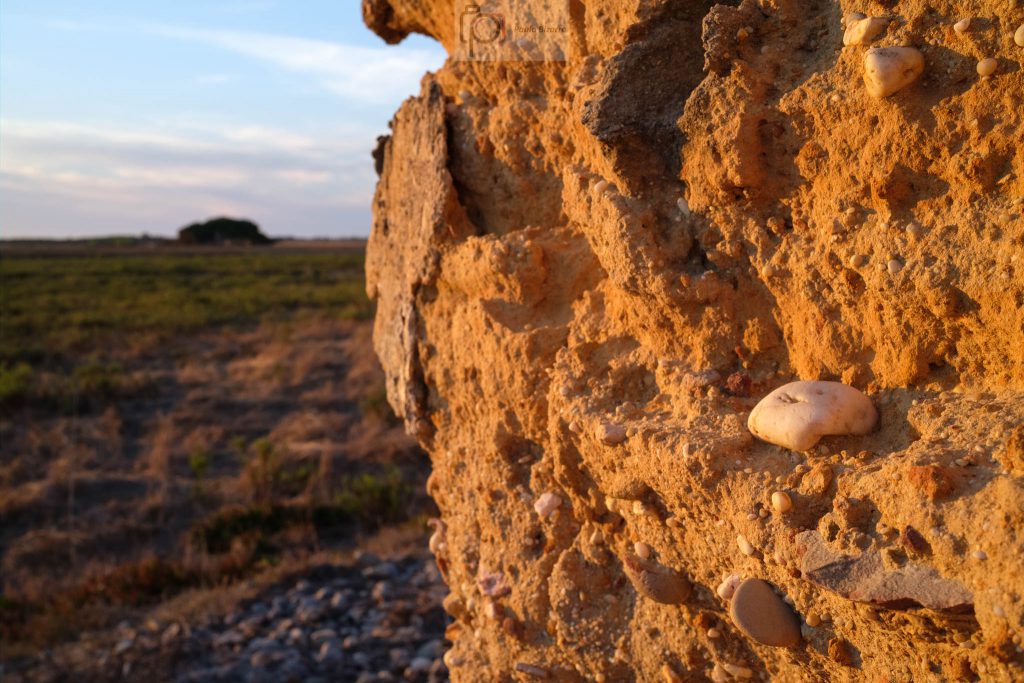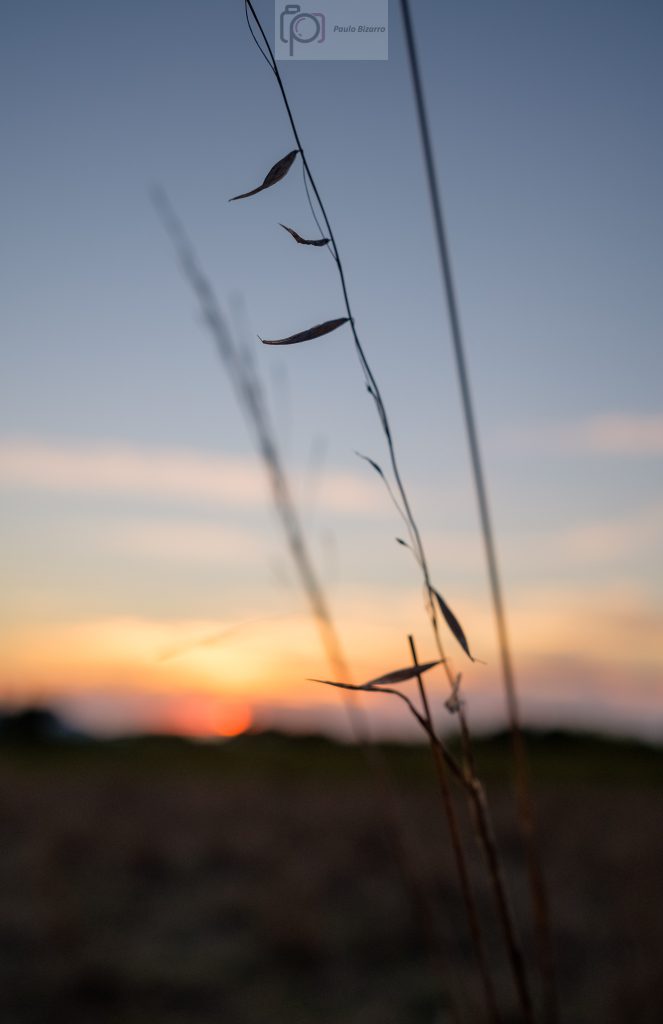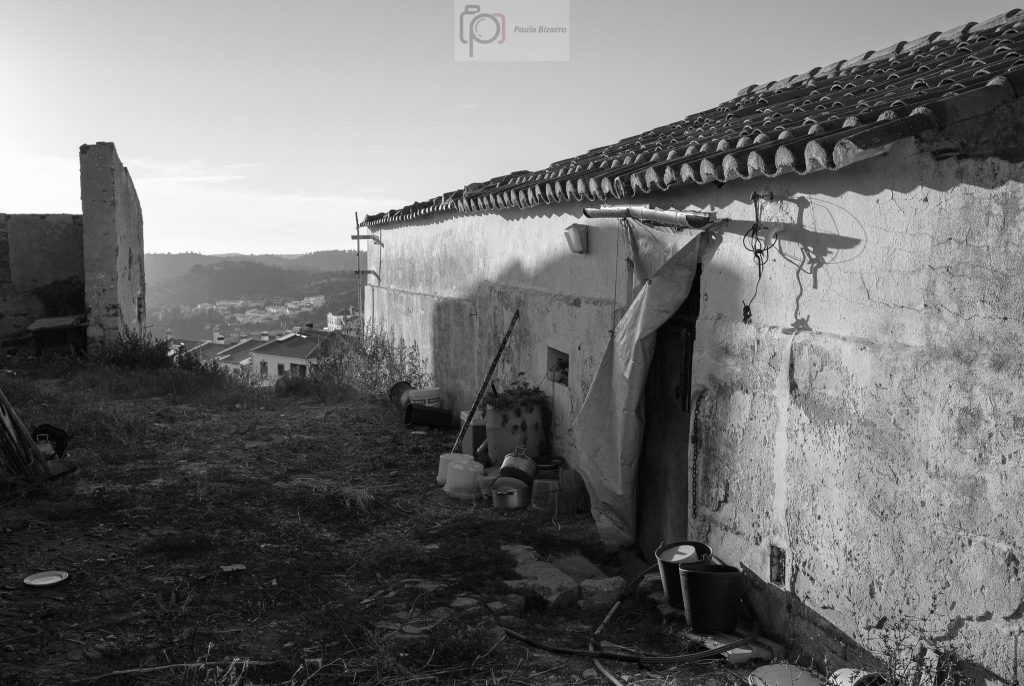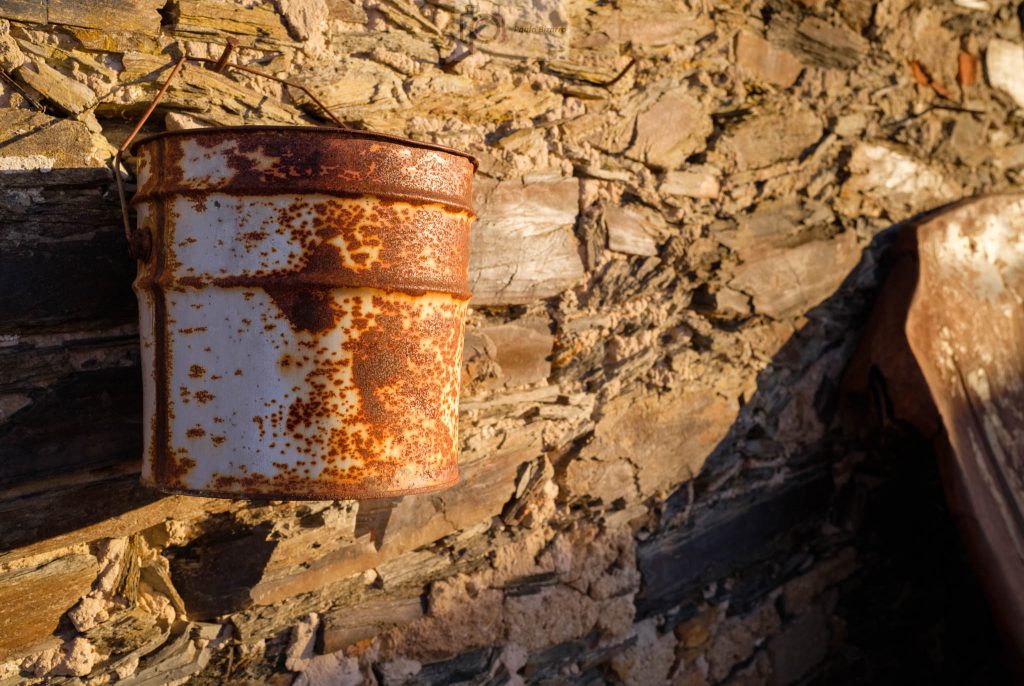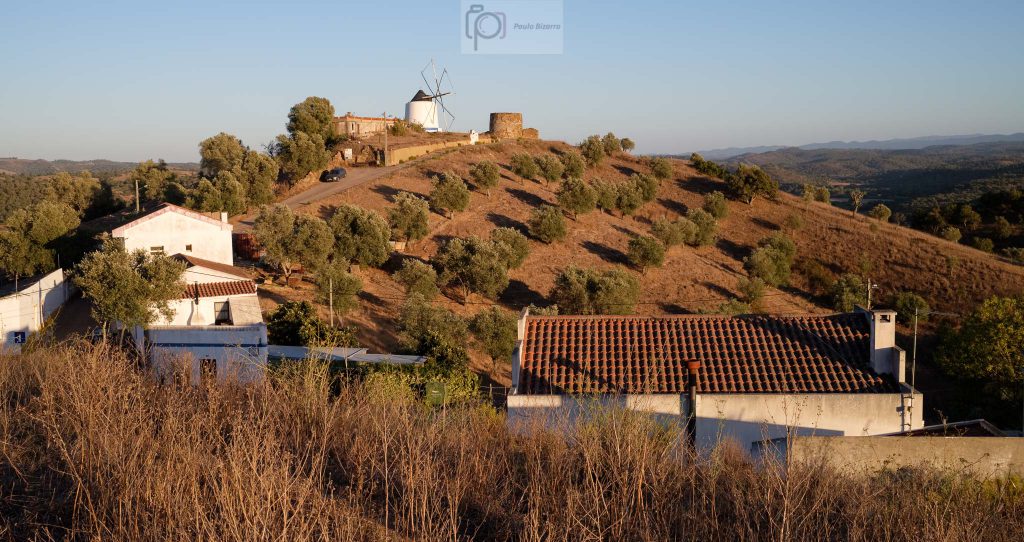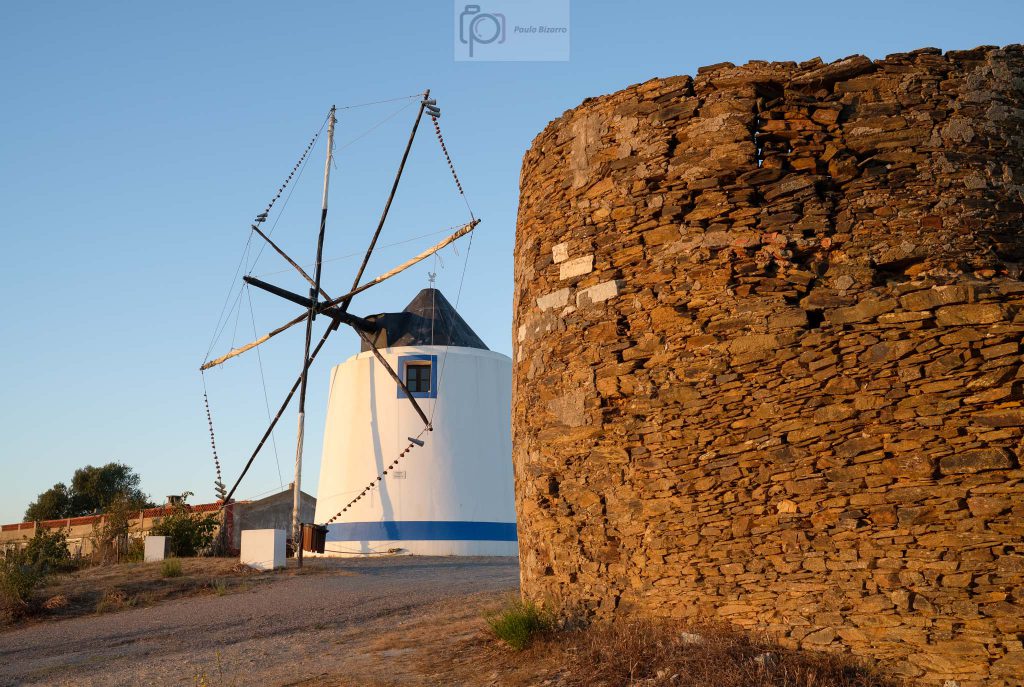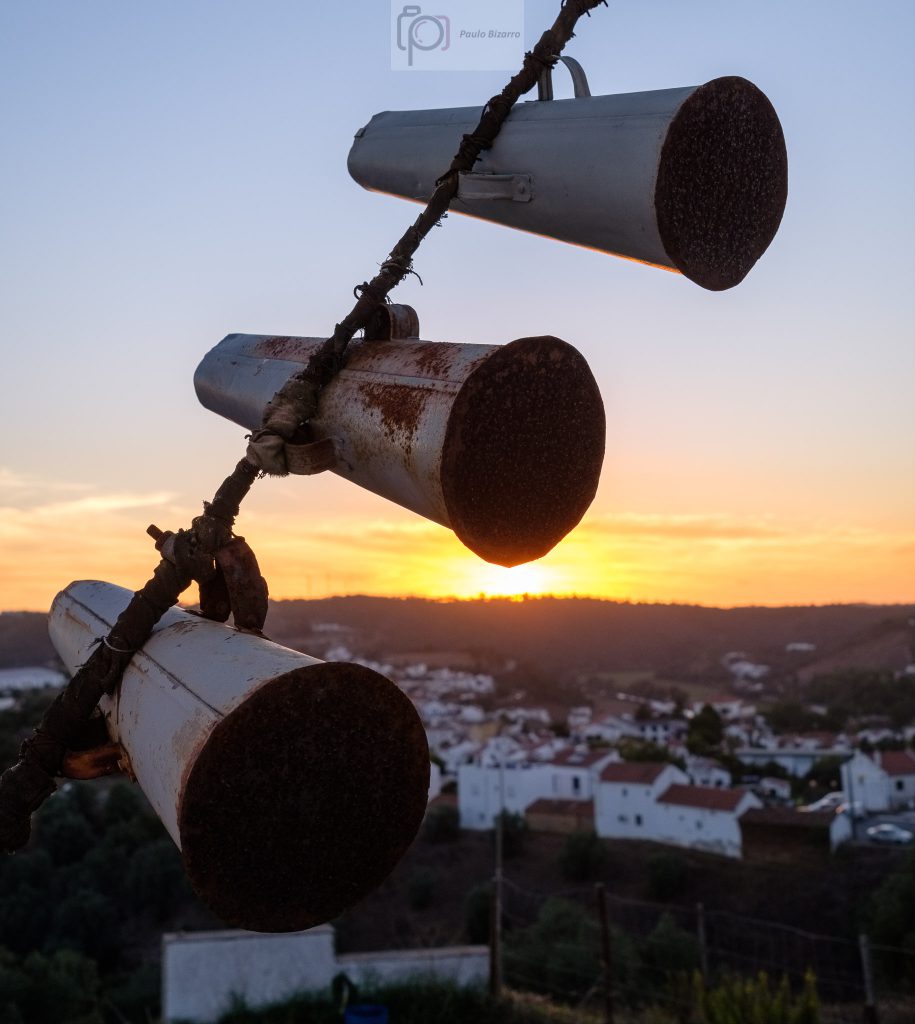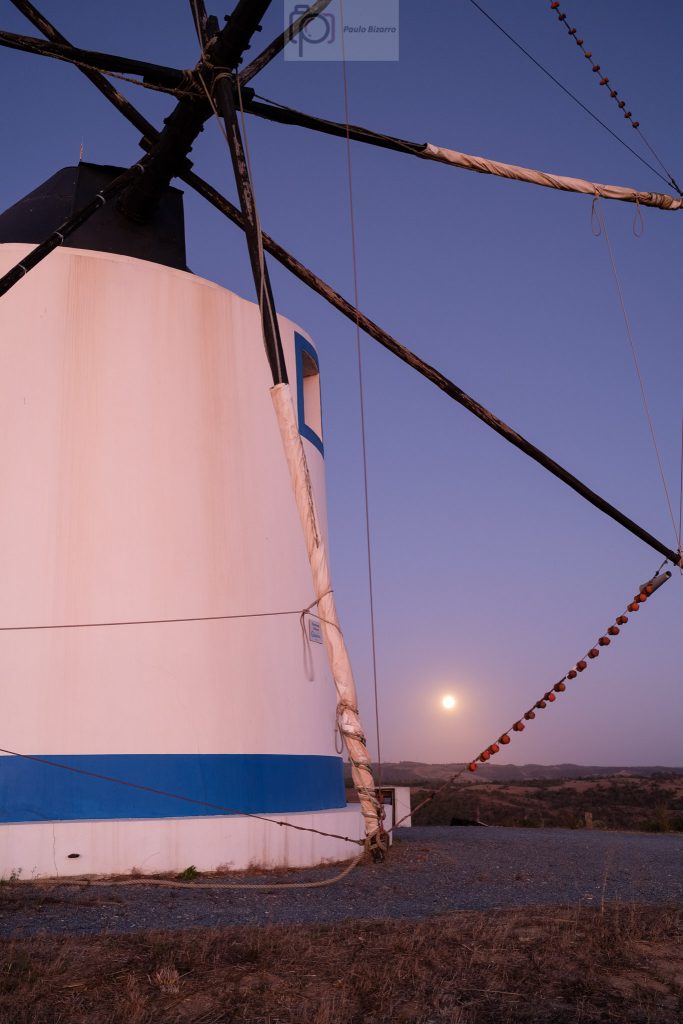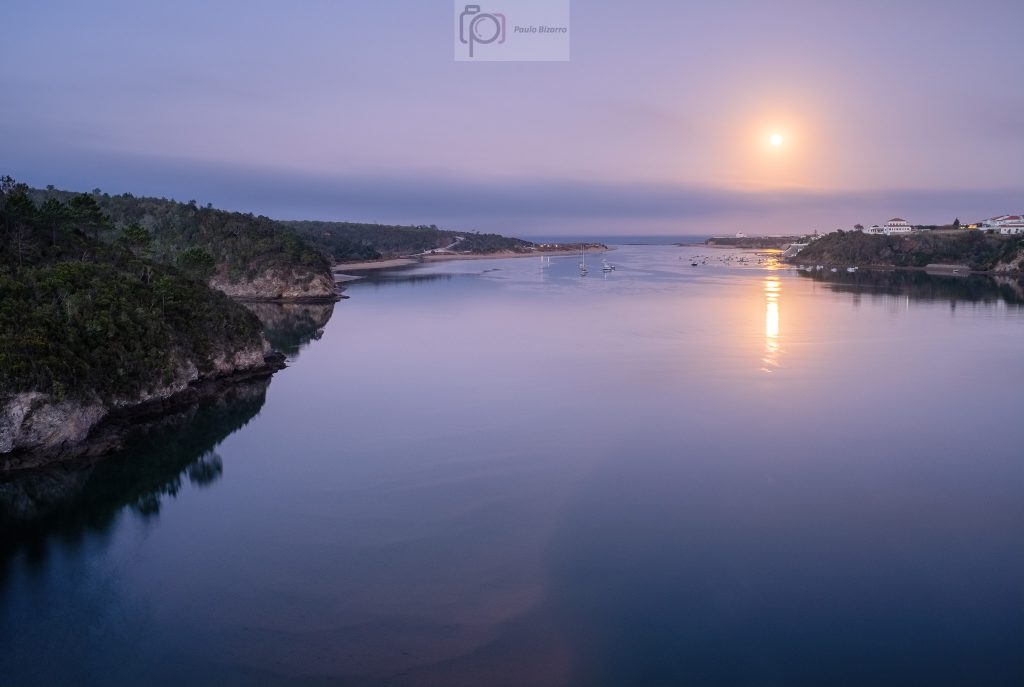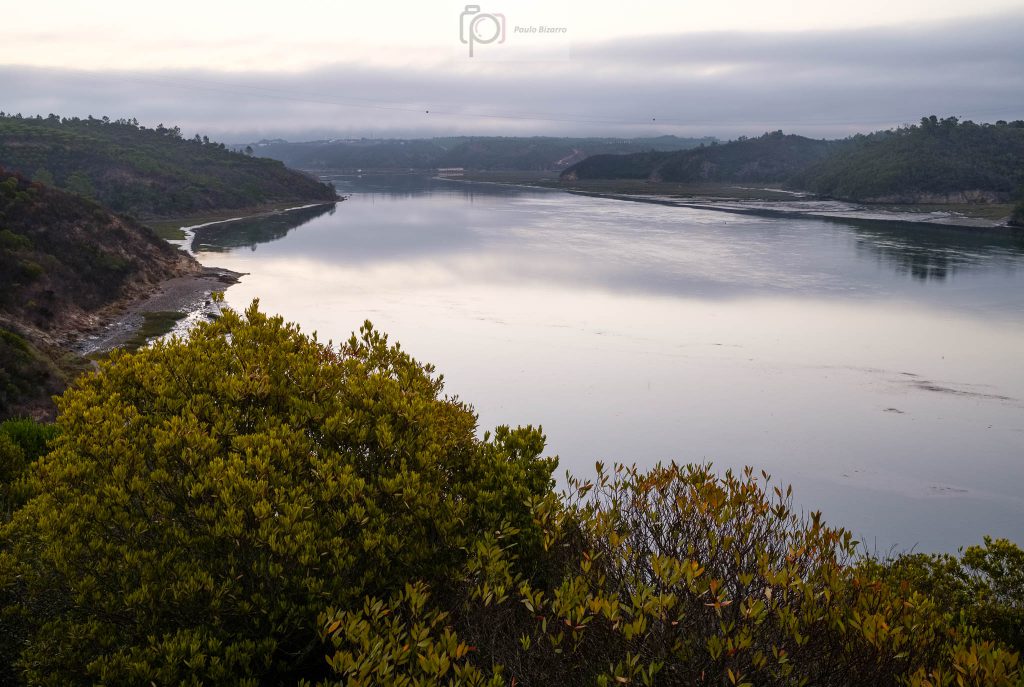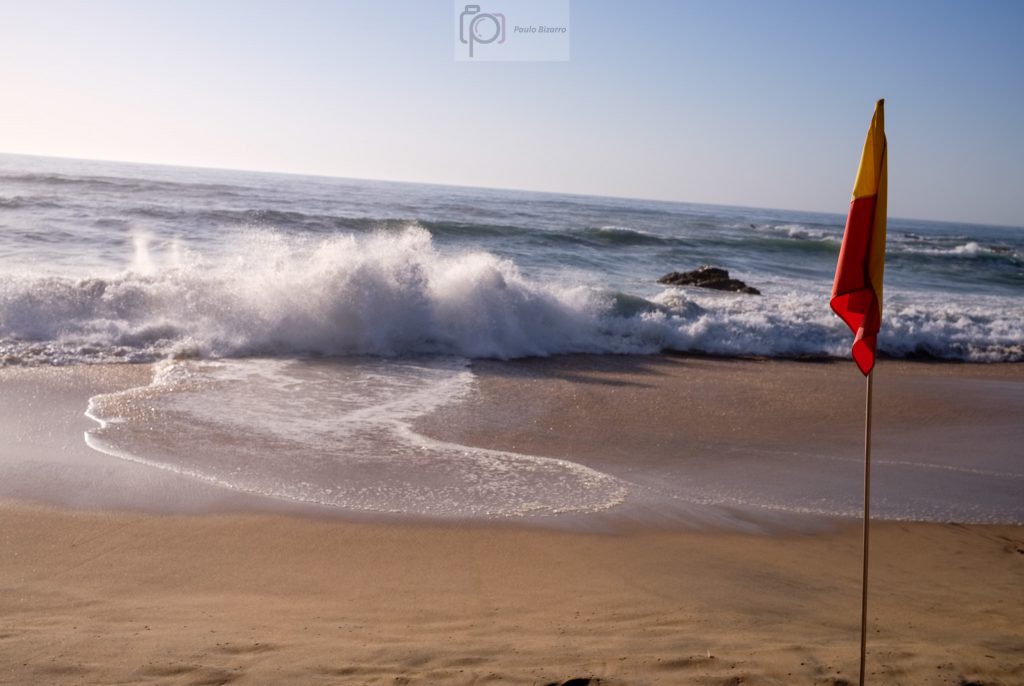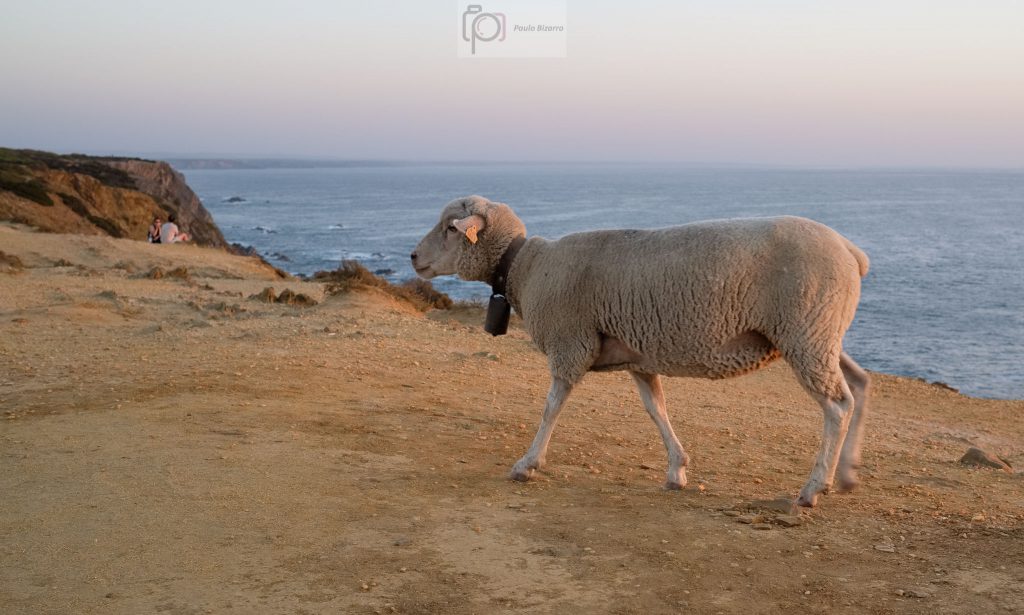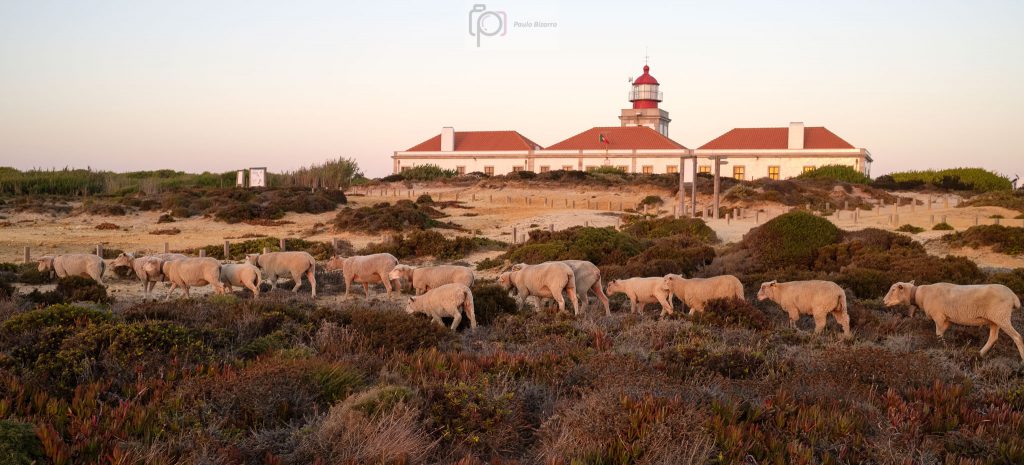Every landscape photographer knows that one of the best times to include the Moon in landscape photos is one day before the full Moon. On that day, the Moon rises around the same time as the Sun sets; this results in a nice light balance during golden to blue hour transition, because as our satellite rises, the landscape is still illuminated by the fading light of the sunset. As a bonus, the following morning the Moon will set around sunrise time, again providing an excellent opportunity for a good light balance. On the day of the actual full Moon, it rises after sunset, which means the landscape will be darker.
During my recent vacation time in the southwest coast of Alentejo, Portugal, I had the opportunity to photograph during the full Moon, so I made plans to choose a nice setting for such. Being familiar with the area, I chose to photograph the Moon rise in Odemira, and the Moon set in Milfontes. In Odemira I set up near the local windmill, which in itself is an interesting subject. By being located in an elevated area, I would see the Moon rising over the surrounding hills. Then, in the ensuing morning I would go to Milfontes to photograph the Moon setting over the river Mira estuary. I have already shared some photos taken during such sessions in my previous essay.
All the best plans can be laid to waste if weather does not cooperate. Fortunately, I was lucky, as the weather cooperated. I drove to Odemira about one hour before sunset, to take some photos of this nice village. The winding road twists and turns as it descends towards the Mira valley, with some good view points along the way.
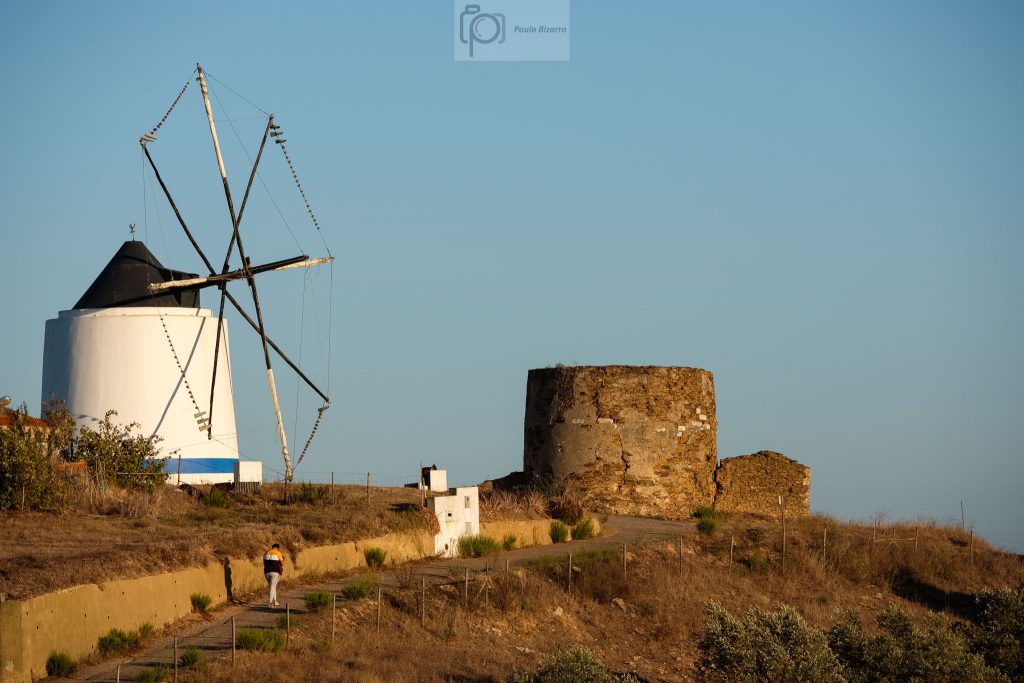

I spent several minutes photographing the windmill and the village during the sunset. It is a nice spot that affords a 360 degree view, from the village proper to the rising heights towards the South, that culminate in the Monchique mountain at 900m of altitude.
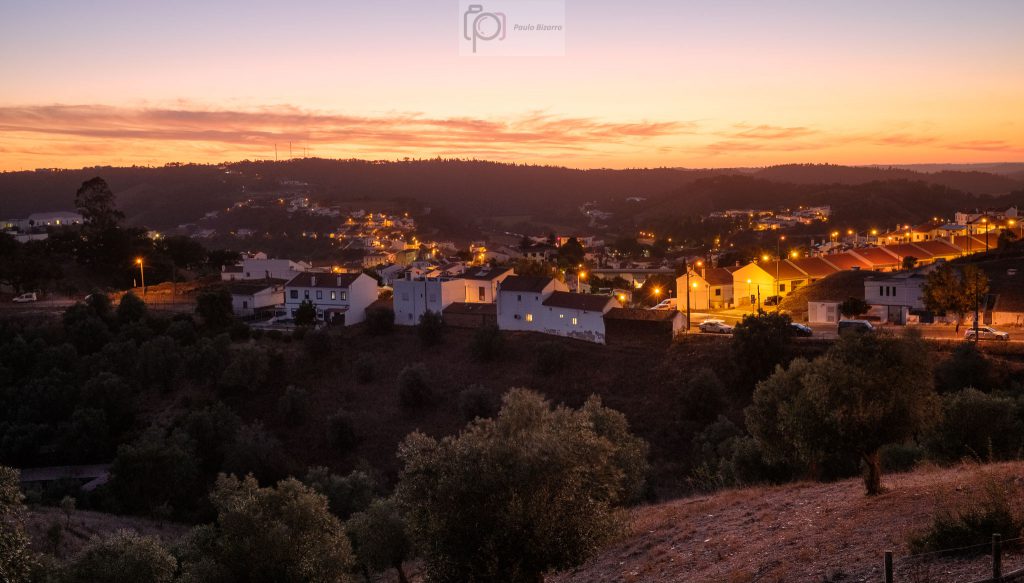

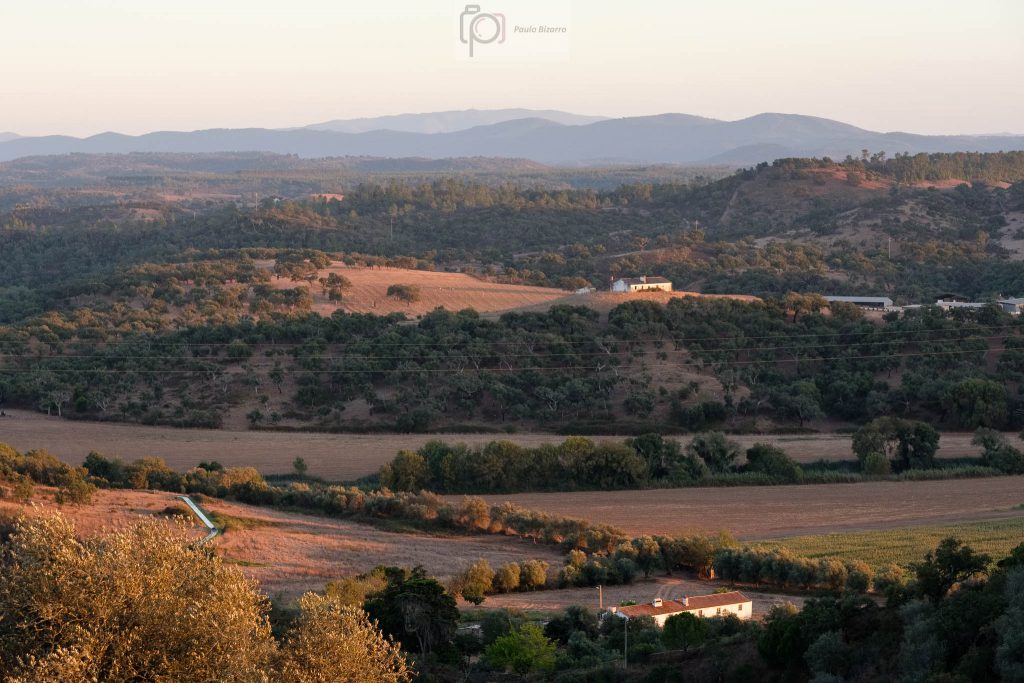
Once I saw the Moon rising over the hills in the East, I started photographing it, with the camera firmly mounted on the tripod. I was glad to have a telephoto zoom with me, to provide compositional flexibility from my fixed location. Light levels go down very quickly, so keeping an eye on the exposure histogram is very important. Also relevant is to avoid exposure times that would blur the Moon, which actually moves quickly in the viewfinder!
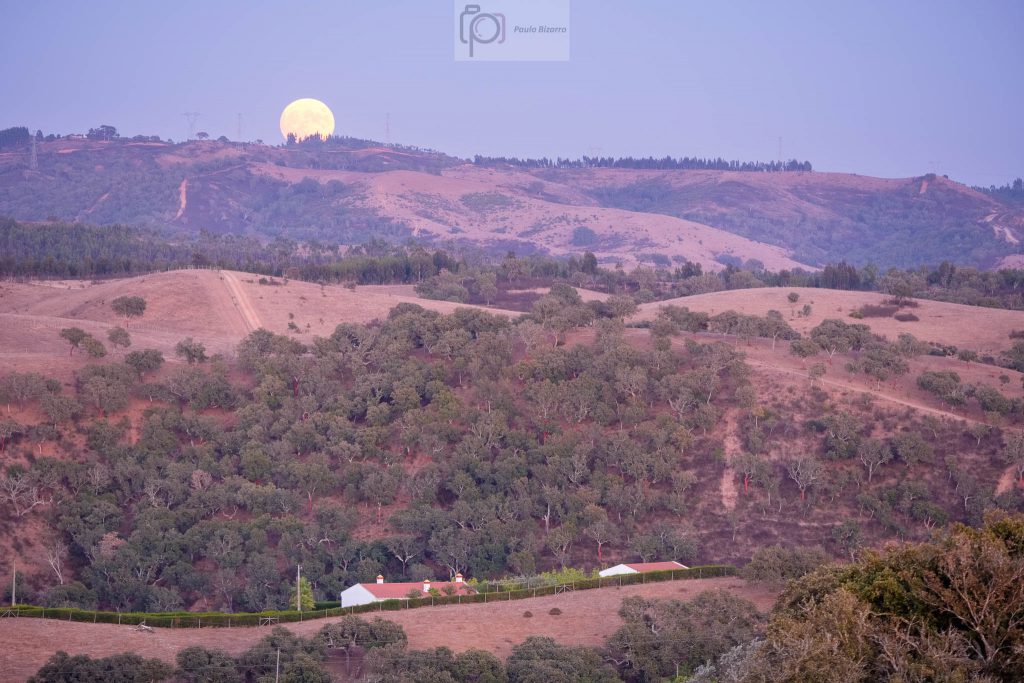
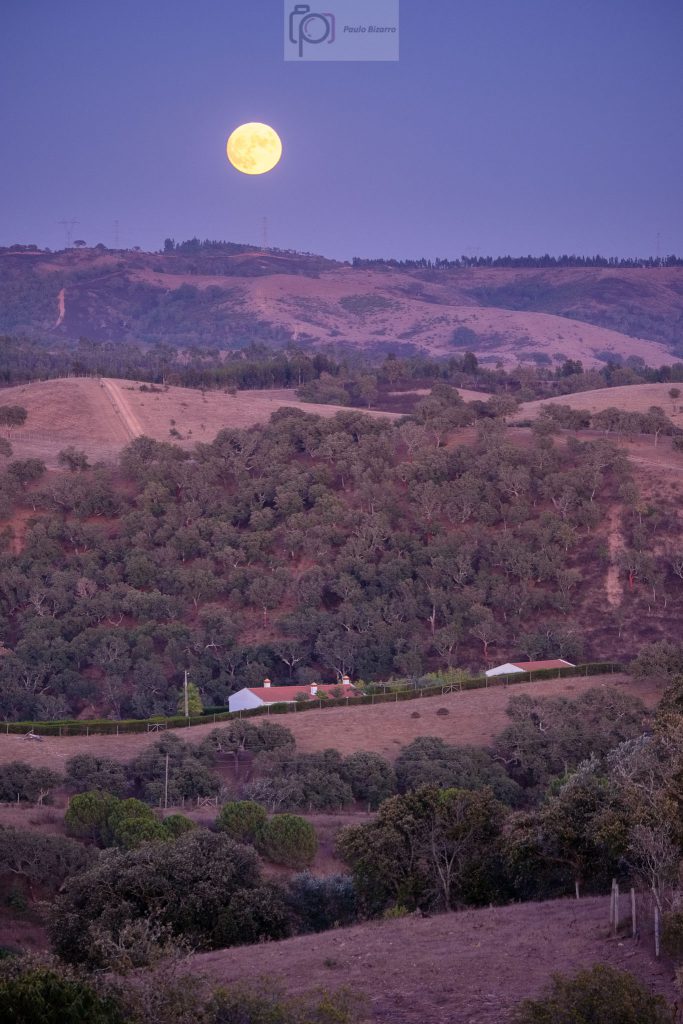
During this period, I kept an eye on what was happening behind me, as dusk was coming over the village. I made some interesting photos of the windmill and the day-to-night transition.
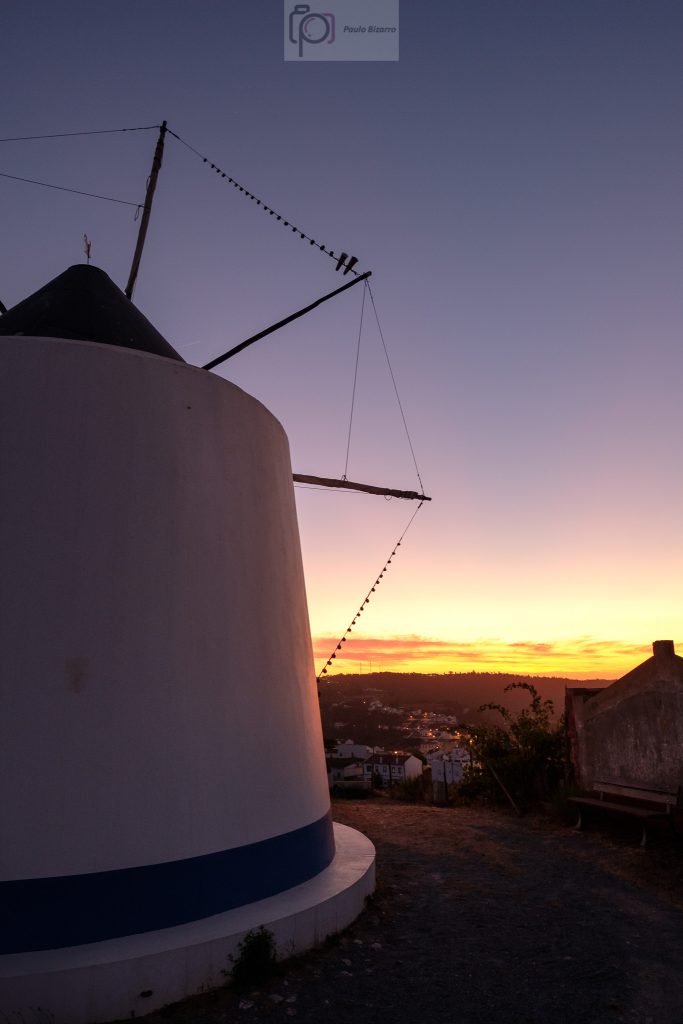

After this good photo session, I called it a day and drove back home for dinner. Next step: wake up before sunrise to photograph the Moon setting in Milfontes. The following morning the coastal area was partially covered in fog. I wanted to photograph from the bridge over the river, as it provides an excellent view of the estuary and the village. Fortunately, the area over the river was not completely covered in fog, and the setting Moon was visible. I set up my camera on the tripod in record time, and started to shoot.
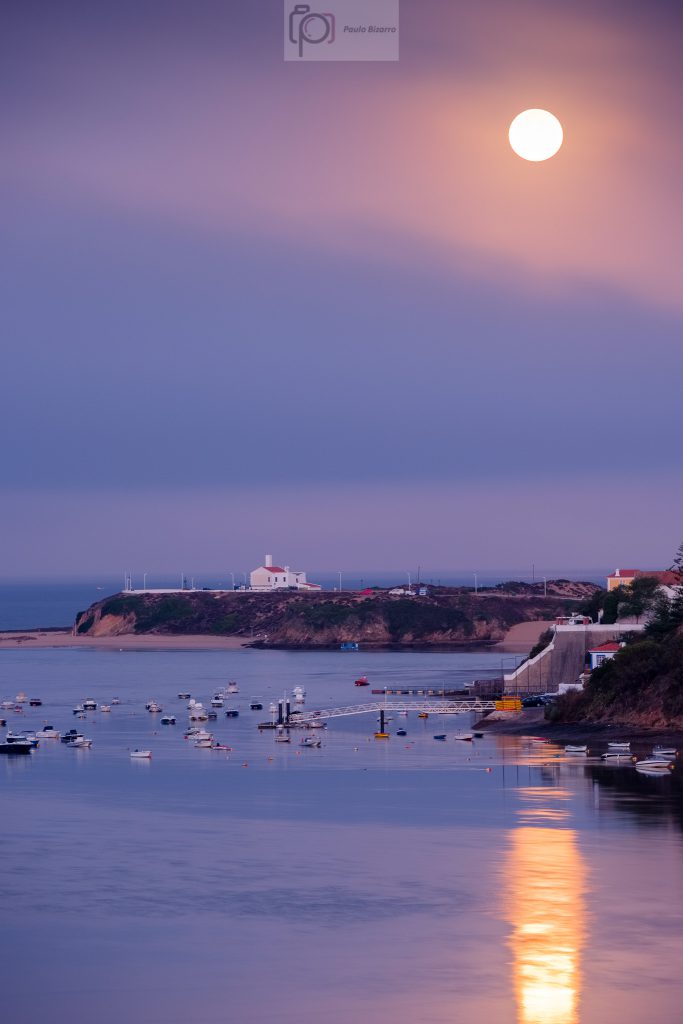
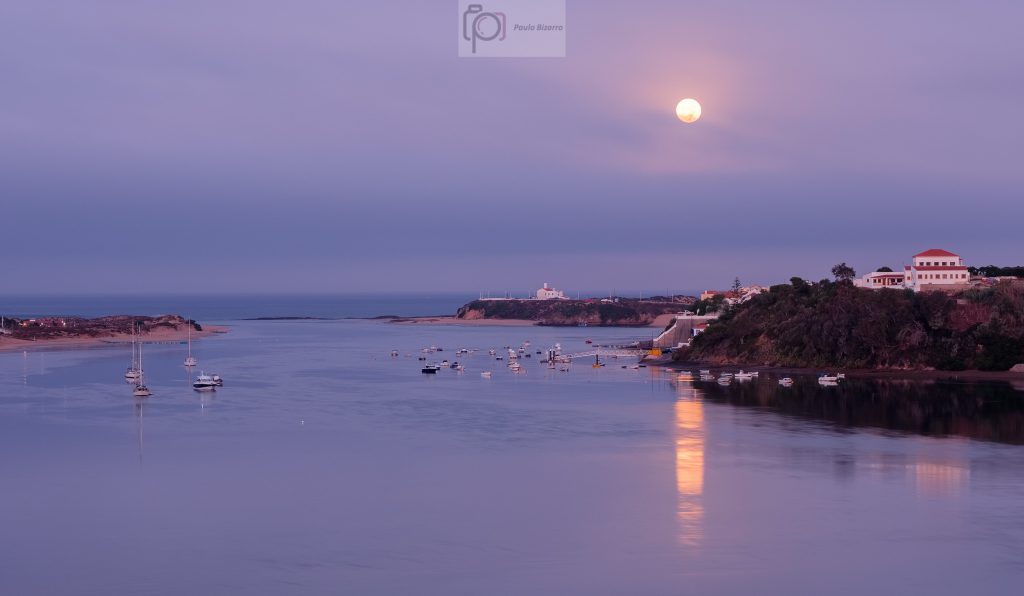
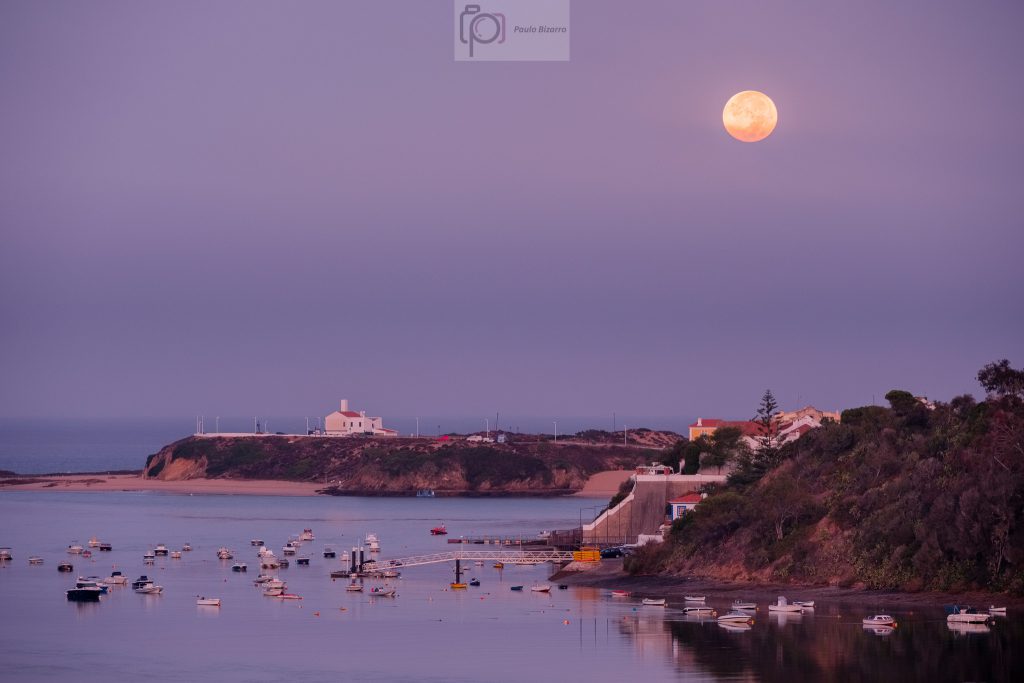
Towards the East, the river was still under the foggy shade of the mountains, enhancing the quietness of the place at this early hour.
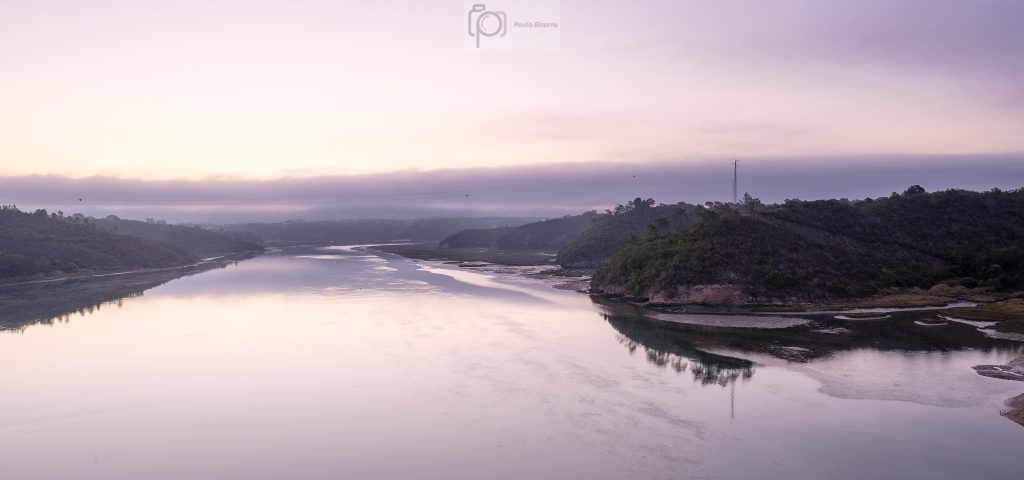
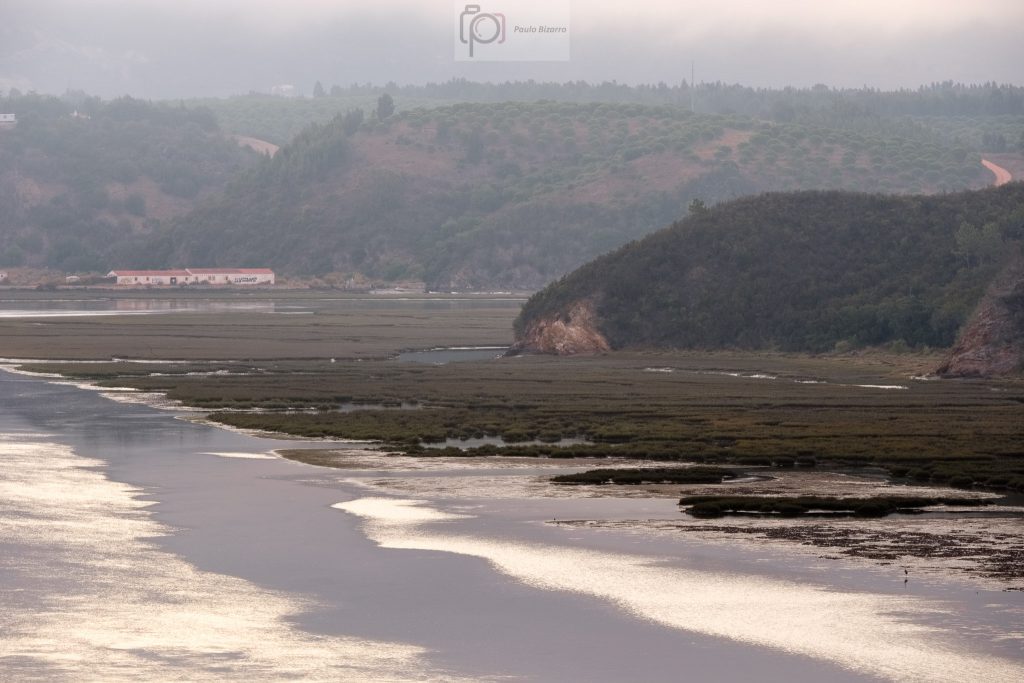
After such a good outing, I returned home for a well deserved breakfast. No matter how many times I photograph in this region, I never get tired of it. There is always something new, due to the changing light and the time of the year. Following the Moon in about a 12 hour period was a great way of showing the character of this singular region, from the interior to the coast.
